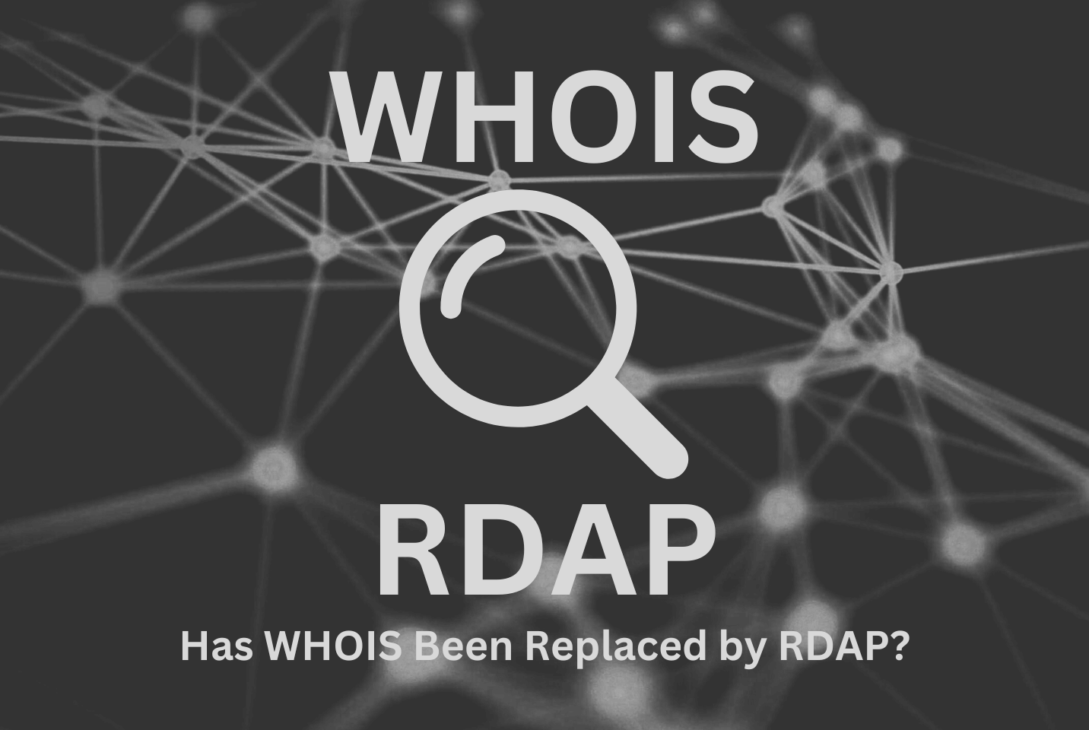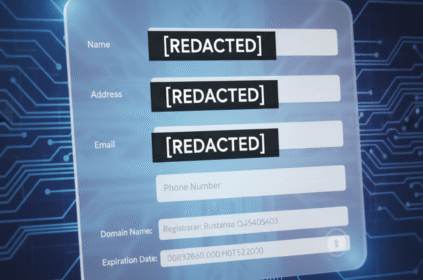While the Registration Data Access Protocol (RDAP) is designed to eventually supersede WHOIS, the older system still has a presence in the domain name landscape. Understanding both is crucial for anyone working with internet resources.
What are WHOIS and RDAP?
- WHOIS: This traditional service has long been the standard for accessing information about domain names, IP addresses, and autonomous system numbers (ASNs). When you perform a WHOIS lookup, you typically receive data in a text-based format. While functional, this format can be cumbersome for automated processing and analysis. You can often perform a WHOIS lookup through websites like ICANN Lookup.
- RDAP (Registration Data Access Protocol): RDAP represents the modern approach to accessing registration data. Designed as a successor to WHOIS, RDAP delivers information in a structured, machine-readable format using JSON (JavaScript Object Notation). This standardization significantly simplifies automated queries, data parsing, and integration with other systems. For developers and security analysts, RDAP offers a far more efficient way to access crucial internet resource information. You can find more technical details on the IETF website.
The Current Landscape: A Hybrid System
ICANN, the governing body for domain names, is a strong advocate for the adoption of the Registration Data Access Protocol. As a result, many domain registries (e.g., for .com and .org) and registrars now support RDAP alongside the older WHOIS system. However, the transition isn’t complete. Some top-level domains and smaller registrars continue to rely on WHOIS. This creates a hybrid environment where both protocols are actively used.
The Future: The Inevitable Rise of RDAP?
The industry consensus points towards RDAP eventually becoming the primary and perhaps sole method for accessing domain registration data. Its standardized format offers significant advantages in terms of data accuracy, security (by potentially redacting more personal information than WHOIS), and ease of automation. This transition is an ongoing process, and the timeline for complete adoption across all registries and registrars remains uncertain. Factors such as the complexity of legacy systems and the need for widespread technical upgrades contribute to the gradual nature of this shift.
Last modified: May 5, 2025









[…] General Data Protection Regulation (GDPR) has resulted in a widespread and permanent state of GDPR WHOIS […]